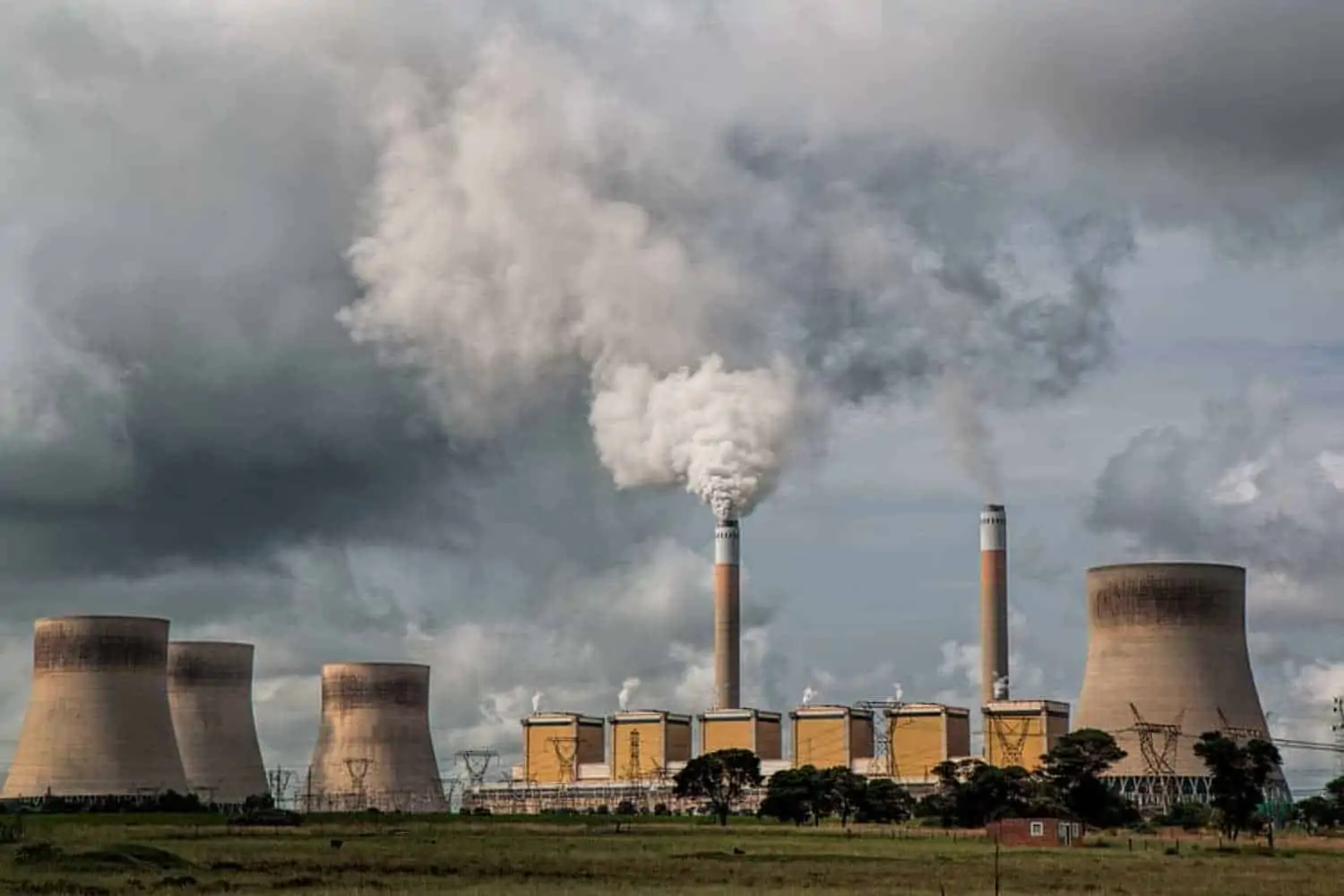After a week hampered by breakdowns, Eskom announced the return of stage 2 loadshedding, starting on Wednesday afternoon.
Stage 2 loadshedding returns on Wednesday, 17 November 2021
In its statement, the national power supplier conceded to its failure to address “ongoing insufficient generation capacity and the loss of a unit each at Medupi, Duvha and Kendal power stations this morning.”
“Stage 2 loadshedding will be implemented from 14:00 today (Wednesday) until 05:00 on Saturday 20 November 2021,” Eskom announced.
The decision to call on the implementation of rotational blackouts was necessary, according to the power utility, to “preserve the remaining emergency reserves at the OCGT (open-cycle gas turbines) and pump storage power stations.”
“Of the five units that failed yesteryday, a unit at Majuba, Kriel and Matimba power stations have returned to service while the remaining two units are undergoing boiler tube leak repairs,” Eskom explained.
What happens at this stage of loadshedding?
While the power utility was able to reduce total breakdowns from 16 822MW on Tuesday, to 15 485MW, loadshedding is still a necessary measure to alleviate OCGTs from overuse and excessively burning diesel.
At stage 2 loadshedding, up to 2 000MW are shed from the power grid. To achieve this, Eskom implements rotational power cuts for up to six times over a four-day period. Electricity outages can last between two-to-four hours, depending on the province.
In the Western Cape, households supplied by the City of Cape Town move a stage lower than the rest of South Africa. Therefore, more than likely, Cape Town will switch between stage 1 and 2 loadshedding between Wednesday and Saturday.
In Johannesburg, areas with unstable electricity networks can experience up to four hours of loadshedding.
“We remind customers that loadshedding is implemented as a last resort to maintain stability of the power system regardless of the stage of loadshedding,” the power utility said.
